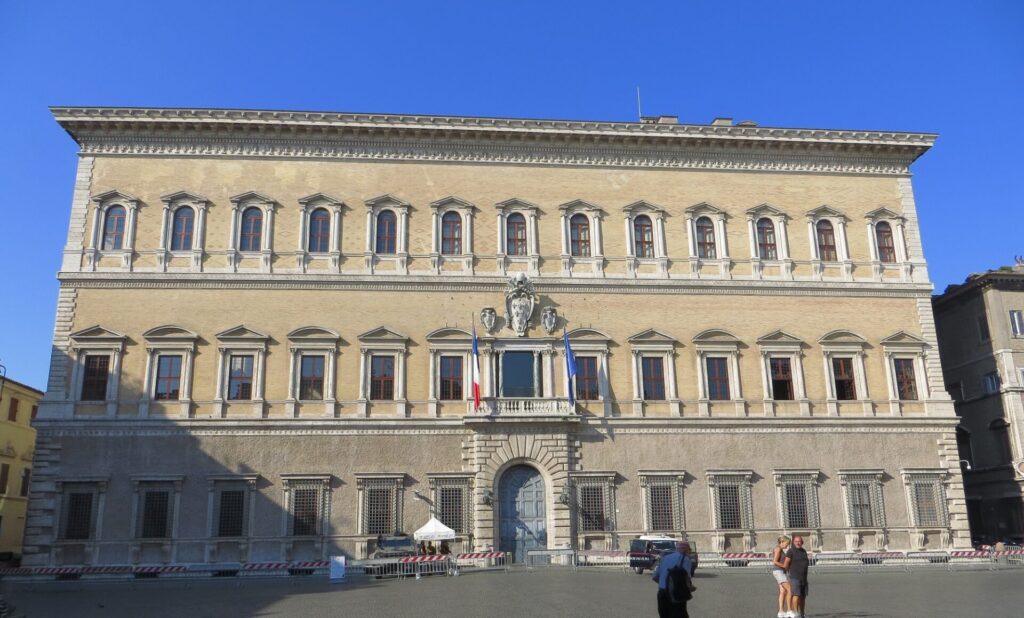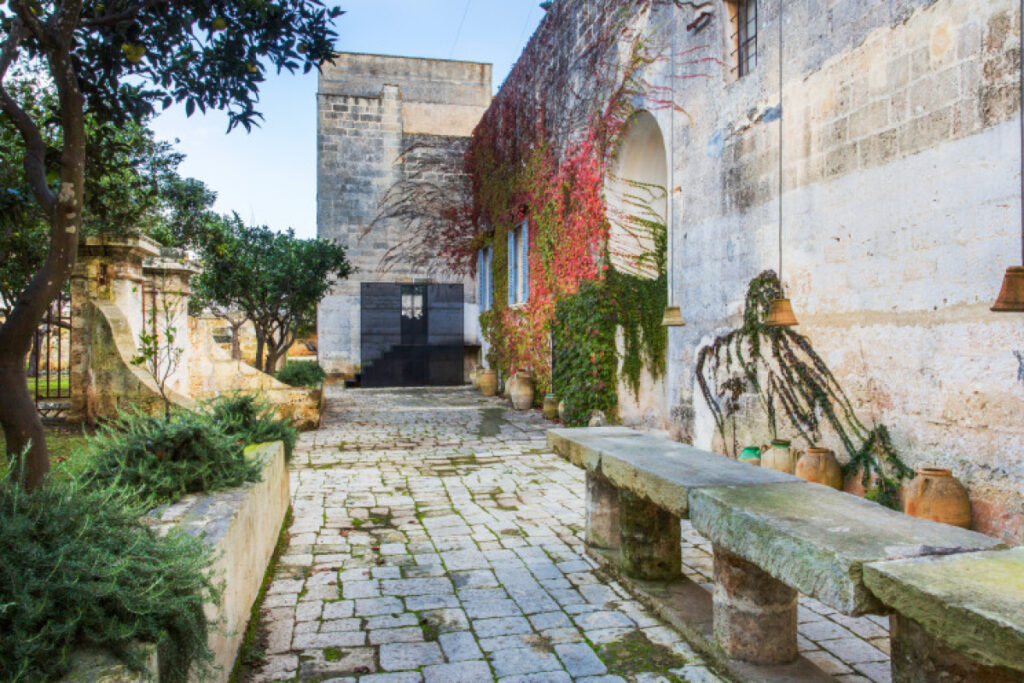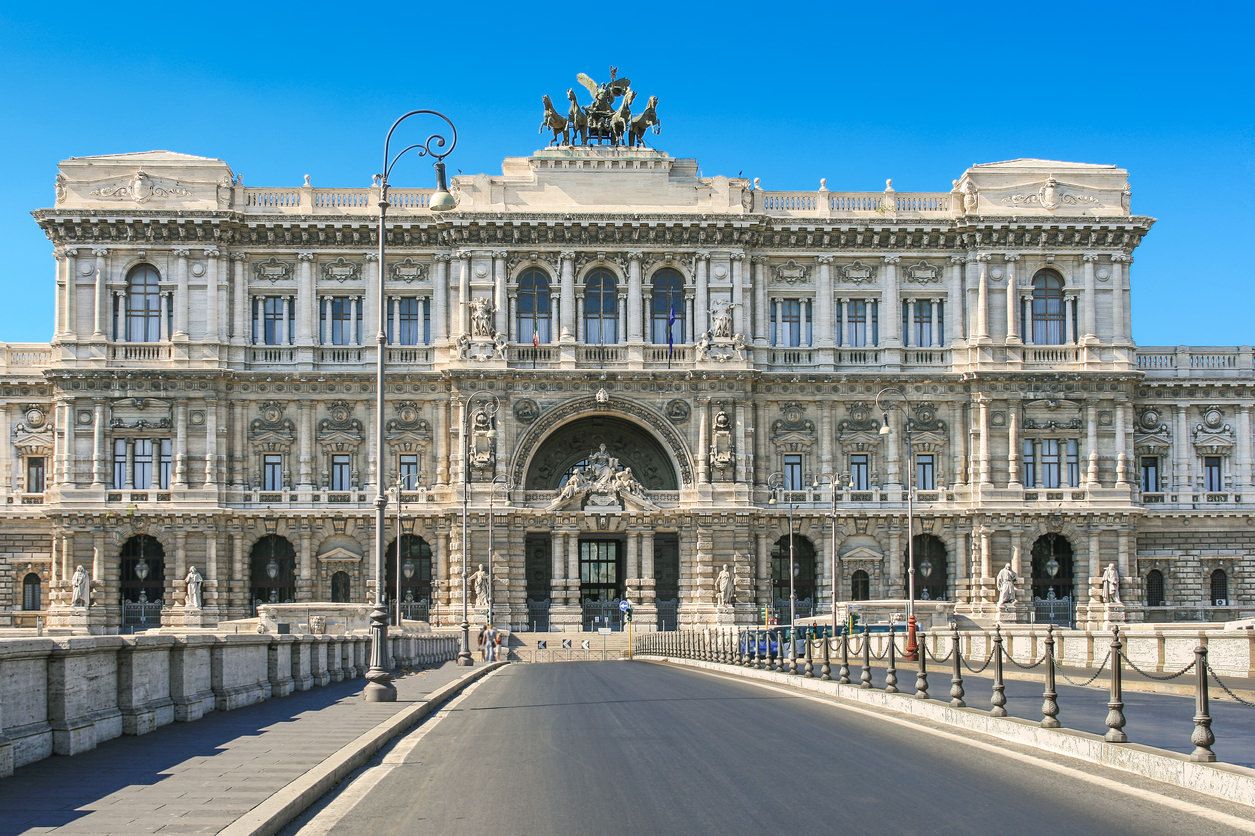The grandeur of Italian palatial architecture finds its roots in the Renaissance era, a period marked by a profound resurgence of interest in classical art, culture, and architecture. The transition from the Medieval to the Renaissance brought forth a revolutionary approach to design and aesthetics. Architects like Filippo Brunelleschi and Leon Battista Alberti laid the foundation for a new architectural language that celebrated proportion, harmony, and the revival of classical forms. This section delves into the genesis of Italian palaces, exploring the cultural and artistic influences that shaped these architectural marvels.
The Renaissance architects drew inspiration from ancient Roman and Greek architecture, seeking to recapture the timeless elegance of classical antiquity. The result was a departure from the fortifications of medieval castles to the creation of open, symmetrical spaces. Palaces became expressions of wealth and cultural refinement, reflecting the patron’s status and appreciation for the arts. The delicate balance between form and function became a hallmark of Renaissance palatial architecture, with a focus on creating spaces that were not only aesthetically pleasing but also conducive to the pursuit of intellectual and artistic endeavors.
Architectural Elements: A Symphony of Proportions and Ornamentation

Central to the allure of Italian palaces is the meticulous attention to architectural elements that contribute to their timeless elegance. Renaissance architects embraced a harmonic blend of proportions and ornamentation, manifesting in features such as pilasters, columns, and arches. The façade of these palaces often showcased a rhythmic interplay of light and shadow, enhancing the visual appeal.
Pilasters, resembling flattened columns, adorned the exteriors, providing a sense of verticality and grandeur. Columns, whether Doric, Ionic, or Corinthian, were employed strategically to evoke classical beauty. The arch, a key element borrowed from ancient Roman architecture, became a defining feature, creating a sense of continuity and fluidity in the design. The harmony of these elements transformed palaces into masterpieces of architectural composition.
Palatial Interiors: Opulence and Artistry Unveiled
The splendor of Italian palaces transcends their exteriors, extending into opulent interiors that serve as a testament to the artistic prowess of the Renaissance. The interiors were conceived as immersive spaces that blended functionality with artistic expression. Elaborate frescoes, intricate stucco work, and majestic ceiling paintings adorned the walls and ceilings, transforming these spaces into visual feasts.
The use of materials like marble and precious stones added a layer of luxury, reflecting the wealth and taste of the patrons. The layout of rooms within the palaces was carefully considered, with an emphasis on creating a seamless flow between public and private spaces. These interiors were not merely functional; they were curated environments that celebrated the marriage of art and architecture, providing a backdrop for the flourishing cultural and intellectual pursuits of the Renaissance elite. Many tourists who want to see this magnificent piece of architecture live can rent a car in Beograd and drive straight to the huge palaces of amazing architecture.
The Evolution of Palatial Gardens: A Lush Extension of Renaissance Opulence
Beyond the architectural splendor, Renaissance palaces embraced the concept of integrating nature into their design, giving rise to the creation of exquisite palatial gardens. These outdoor spaces served as an extension of the opulence found within the palace walls, providing a harmonious blend of art, nature, and leisure. Palatial gardens became integral components of the overall design, offering respite from the structured interiors and adding a new dimension to the sensory experience. Filled with lavish fountains that add a magical touch to that beauty, which you can add by installing a small fountain in your yard but before that, you should consult an emergency restoration service in Charlotte that can inspect your pipes.
The design of these gardens was a meticulous endeavor, guided by principles of symmetry and proportion similar to those applied to the architecture. Walkways bordered by meticulously manicured hedges led to secluded groves, adorned with sculptures and fountains. The concept of the “giardino segreto” or secret garden gained popularity, offering private retreats for contemplation and leisure. The lush greenery, vibrant flowers, and the soothing sound of fountains created a sensory paradise, inviting patrons to immerse themselves in the beauty of the natural world. Inspired by this prosperity, many musicians have composed and written numerous songs that, recorded on records, you can listen to or you can sell vinyl records for cash.
Innovations in Engineering: Palatial Advancements and Structural Ingenuity

As the Renaissance progressed, architectural innovation extended beyond aesthetics to encompass advancements in engineering and structural design. Architects and engineers of the time pushed the boundaries of construction techniques, allowing for larger and more ambitious palatial structures. The use of new materials, such as reinforced concrete and advanced bricklaying methods, facilitated the creation of expansive spaces and soaring domes. Just as all appliances in construction have advanced to facilitate development in this sphere, so have new appliances in the kitchen that, if they don’t work for you, can be repaired at an appliance repair service in Washington DC.
One notable example is the innovative use of the dome in palatial architecture, exemplified by Filippo Brunelleschi’s iconic dome for the Florence Cathedral. This structural marvel showcased the technical prowess of Renaissance architects, setting the stage for the incorporation of domes in palatial designs. Domes became symbolic elements, representing a fusion of classical principles with cutting-edge engineering, and their inclusion added a striking silhouette to the evolving skyline of Italian palaces. Homeschooling tutors in Bettendorf explained to their classes the historical importance of this venture to Italy and the Renaissance.
Social Dynamics: Palaces as Cultural Hubs and Political Centers
Italian palaces transcended their roles as mere residences, evolving into dynamic hubs of cultural, social, and political activity. The layout and design of these structures were intentional in fostering a sense of community and intellectual exchange. Palatial halls and courtyards became venues for grand events, from artistic performances to diplomatic gatherings, solidifying the palaces’ significance in the fabric of society. Protected by brave warriors and horsemen with lavishly decorated saddle blankets, palaces have stood solemnly throughout history.
The Medici family’s Palazzo Medici Riccardi, for instance, served not only as a residence but also as a cultural epicenter. It housed the famous Medici Library, a repository of classical texts and manuscripts, attracting scholars and thinkers from across Europe. The interconnectedness of art, politics, and intellectual pursuits within the walls of Italian palaces played a crucial role in shaping the Renaissance as a period of flourishing creativity and enlightenment. Many writings extracted from there and translated serve as an excellent source of information about that time and are gladly read and studied by children through Readathon school fundraisers.
Adaptations and Influences: Italian Palatial Architecture Across Continents
The influence of Italian palatial architecture transcended geographical boundaries, leaving an indelible mark on diverse cultures and continents. As European powers embarked on explorations and colonial endeavors, they carried the architectural principles of the Renaissance to new lands. The adaptation of these design elements in places like the Spanish colonies in the Americas and the courts of Indian maharajas showcased the enduring global impact of Italian palatial aesthetics. After completing the diagnostics at the transmission service in WNY, you can drive around and look for evidence of this architectural design on older buildings in the city.
In the Americas, palatial structures inspired by Italian design principles emerged, blending with local architectural traditions. The result was a fusion of styles that reflected the intersection of Old World elegance and New World influences. Similarly, in India, the integration of Italian Renaissance motifs into the architecture of palatial residences demonstrated the universal appeal and adaptability of the aesthetic language born in Italy. However, if you rent a limousine in Denver, you can drive in the luxury of comfort to some of the magnificent palaces that exude Renaissance style.
Challenges and Preservations: Navigating the Conservation of Italian Palaces
While Italian palatial architecture has stood the test of time, it has not been immune to the challenges of preservation and conservation. Changing environmental conditions, urbanization, and the impact of tourism have necessitated careful efforts to maintain the integrity of these historical treasures. Conservationists and architects face the delicate task of balancing the need for restoration with the imperative to preserve the authenticity and character of these palatial structures. Today’s environmental condition is far worse than then and the carbon emission in the air is higher, so even ordinary people have taken steps to change by using special and healthier smoking accessories.
Innovative approaches, such as the use of advanced imaging technologies and sustainable materials, contribute to the ongoing conservation efforts. Striking a balance between modern conservation practices and the preservation of historical authenticity is essential to ensure that future generations can continue to marvel at the timeless elegance of Italian palaces. Google ads often promote ways to preserve these historic architectural wonders, but if your Google ads are suspended, contact a professional.
Contemporary Revival: Italian Palatial Influences in Modern Architecture

In the realm of modern architecture, echoes of Italian palatial design persist, with architects drawing inspiration from the elegance and sophistication of the Renaissance era. Contemporary structures often incorporate classical elements such as arches, columns, and harmonious proportions, paying homage to the enduring appeal of Italian palatial aesthetics. Motifs such as fish can be found as special symbols emphasizing, among other things, the excellent fishing power possessed by the coastal cities, which is still quite current today according to the fishing app.
The revival of interest in traditional craftsmanship and artisanal techniques has led to a renewed appreciation for the intricate detailing found in Renaissance palaces. Architects and designers, embracing a fusion of the past and present, seek to capture the essence of Italian palatial architecture while infusing it with a contemporary flair. This resurgence reflects a recognition of the enduring influence and timelessness of the architectural language forged during the Renaissance. The Renaissance, which brought with it great changes in all social spheres and also in medicine, as the health clinic in Marietta GA says, must be remembered and cherished as an important part of history.
Conclusion: A Timeless Tapestry of Elegance and Innovation
The exploration of Italian palatial architecture unveils a rich tapestry woven with threads of elegance, innovation, and cultural significance. From the genesis of a new architectural language during the Renaissance to the evolution of palatial gardens, engineering marvels, and their global influence, Italian palaces stand as living monuments to human creativity and ingenuity.
As we traverse through the corridors of history, Italian palatial architecture remains a source of inspiration, inviting us to appreciate the enduring legacy of the Renaissance. The synthesis of art, nature, and advanced engineering within the confines of these palaces reflects a holistic approach to design that continues to captivate admirers and shape the trajectory of architectural discourse.
In contemplating the legacy of Italian palatial architecture, we find not only a testament to the past but also a guiding light for the future of architectural innovation. The timeless elegance of these structures serves as a reminder that, across the ages, the pursuit of beauty, proportion, and harmony transcends temporal boundaries, leaving an indelible mark on the landscape of human achievement.


